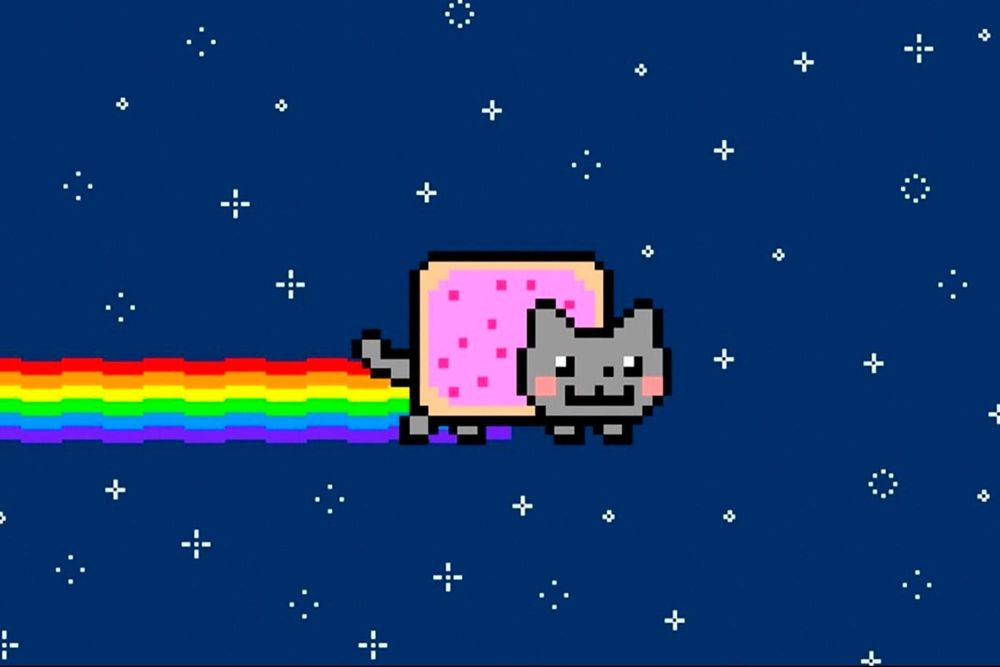
Selling My First NFT: Cryptocurrency in the Digital Art World
Follow along and learn how to create your first NFT for the Cryptocurrency Digital World.
I wanted to share my first NFT selling experience with The Rookies community. I was invited by a friend to join the community of creators for an opportunity to auction my artwork on the open digital market.
An NFT stands for a non-fungible token. An NFT is a unit of data on a digital ledger called a Blockchain. Each NFT represents a unique digital item such as artwork, audio files, videos, or other forms of creative media.
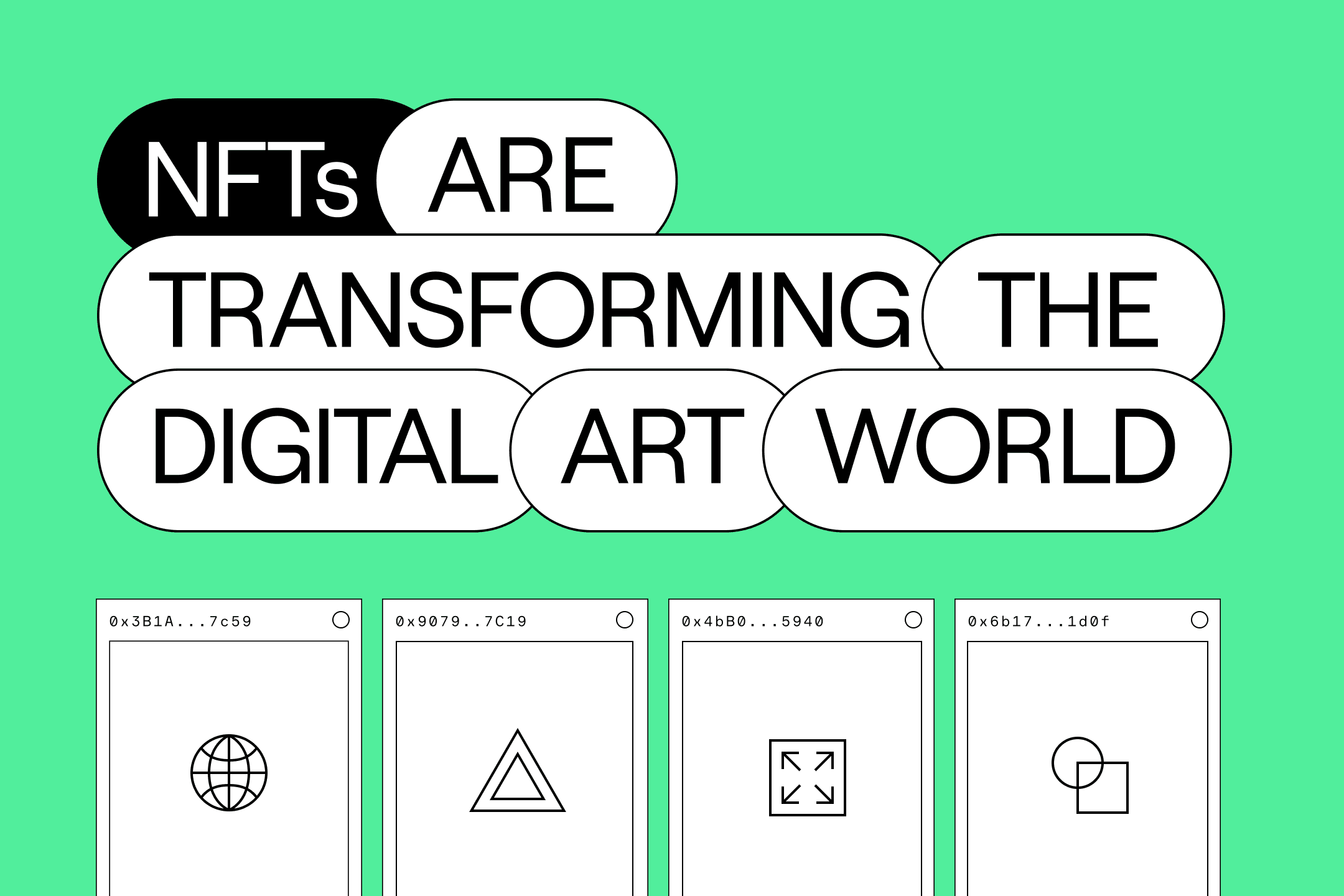
Cryptocurrency is a digital currency that is secured by cryptography. It’s community driven and not controlled by a government or a bank like more traditional currencies. It’s a decentralized network based on Blockchain technology. Bitcoin is one of the most recognizable cryptocurrencies at the moment. The second most popular is Ethereum. Ethereum is the cryptocurrency used in the transactions to sell and buy art.
When I first heard of the NFT market a couple months ago, the price of 1 Ethereum (ETH) was at $1,400 USD and now a few months later it's worth $1,900 USD. The market continues to grow everyday making Ethereum more valuable. The more people sell and buy art through Ethereum auctions, the more valuable it becomes.
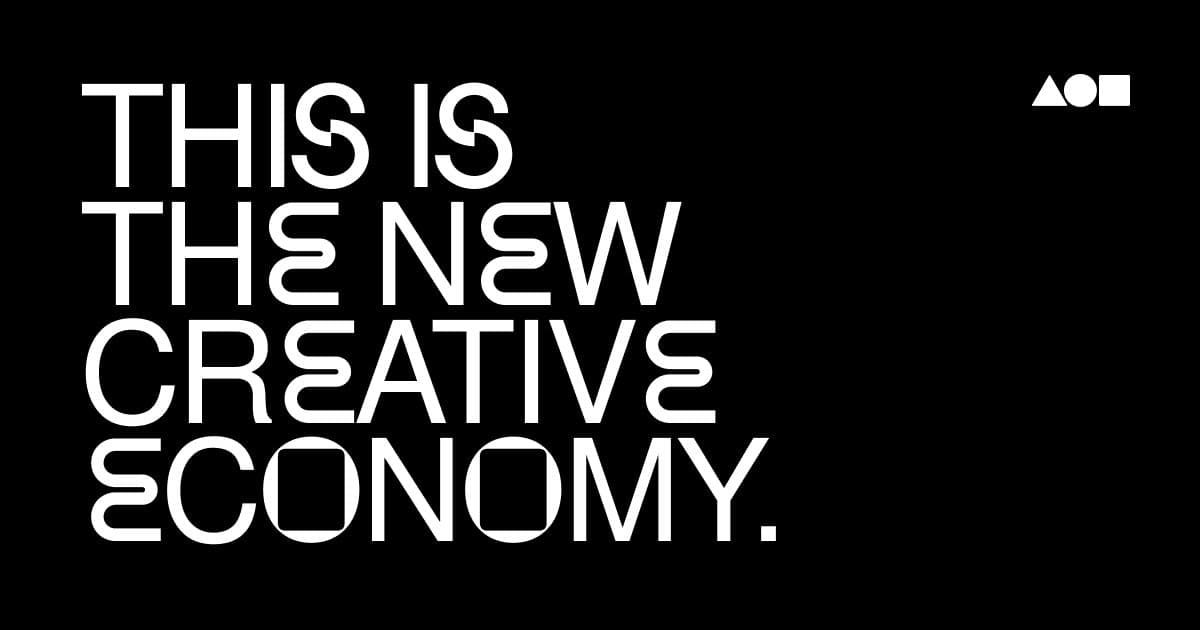
Traditionally in an art auction, once you sell your artwork, it no longer belongs to you. If someone were to sell your artwork a year later, you would not receive any royalties from it. Through this NFT process, every time your artwork resells, you receive 10% of the selling price. The same way musicians receive a royalty check every time their song plays on the radio. This is a way for artists to authenticate their artwork and have a ledger documenting all transactions of their artwork while receiving royalty payments.
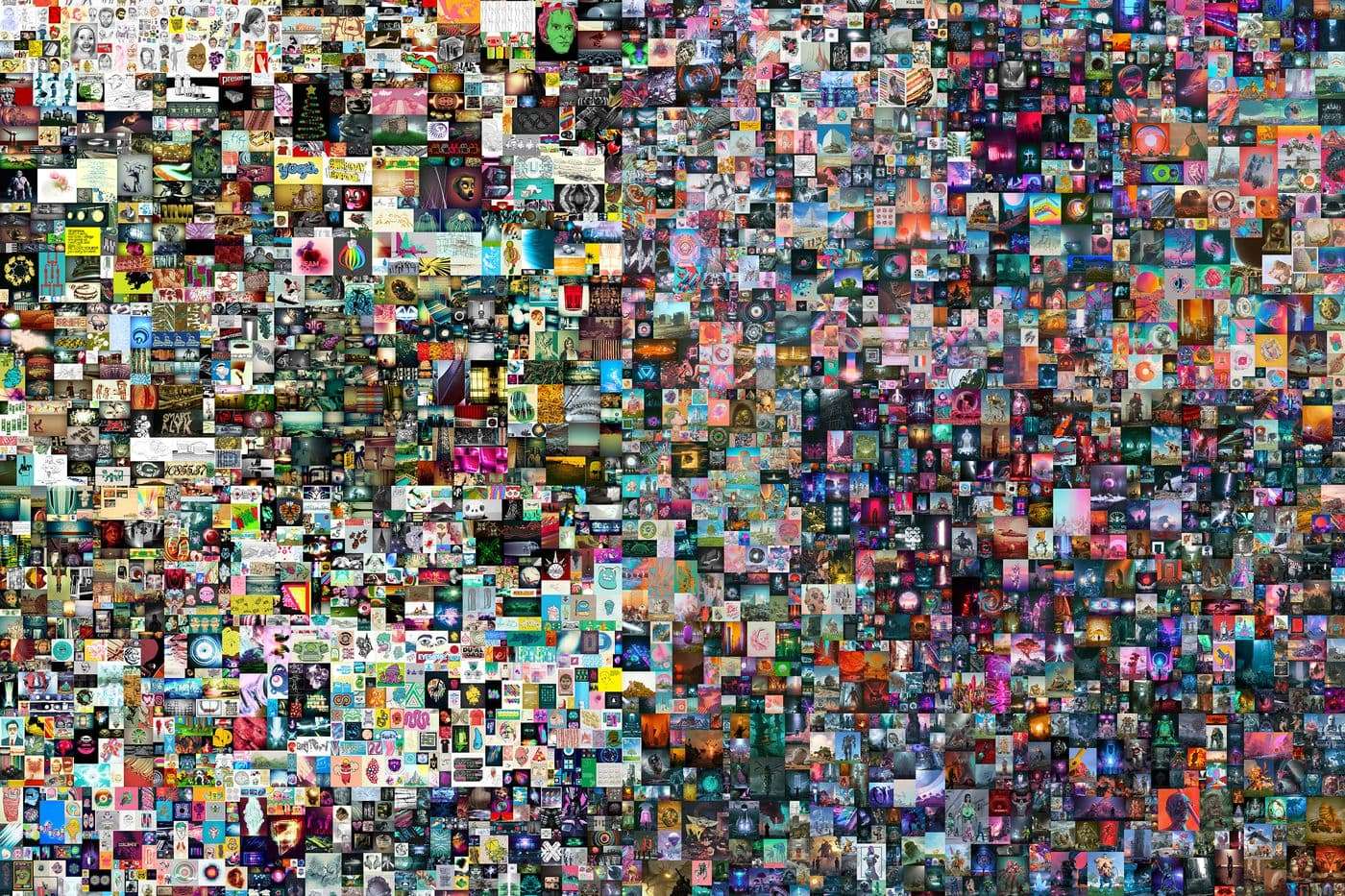
Foundation.app is the platform where creators can auction their artwork on the open market. A 3D artist named Beeple made recent headlines by selling a collection of his work for $69 million dollars. You can become a buyer or collector immediately after signing in. To sell art through Foundation, you have to be invited or be voted in by the community. Foundation is one of many online platforms. Some other platforms include KnownOrigin and Rarible.
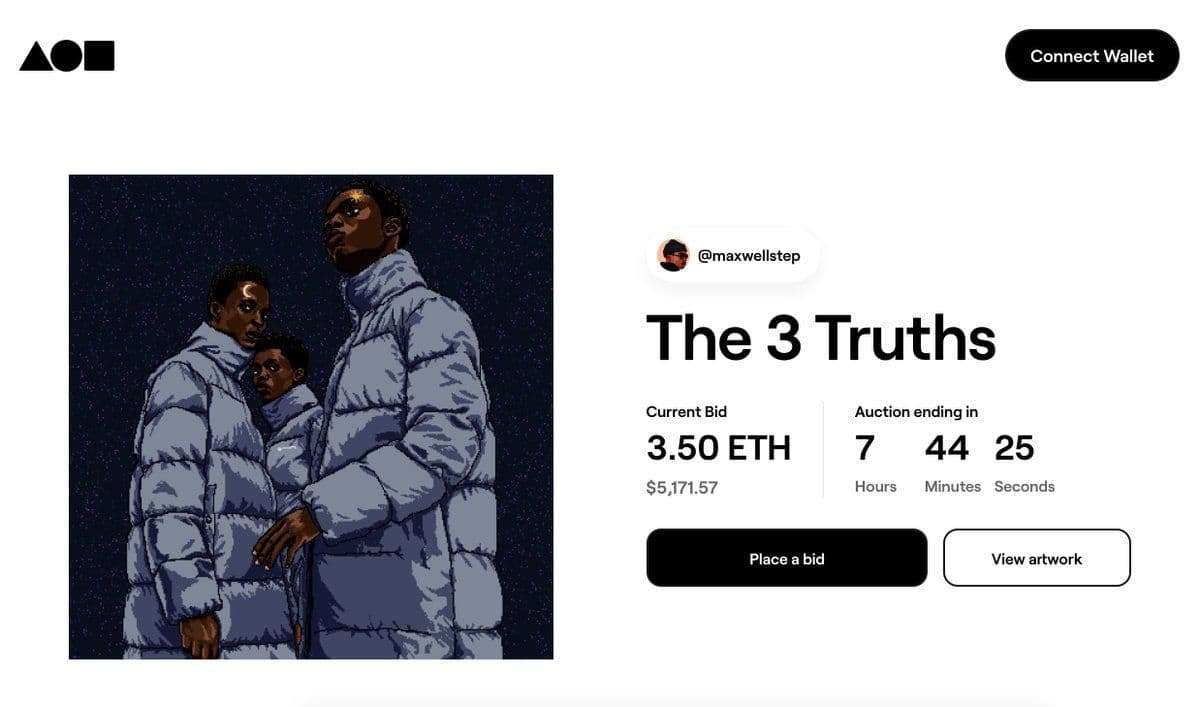
Metamask is a digital wallet specific to Ethereum. To sign up for Foundation, you need to create a digital wallet through Metamask. This is connected to your web browser. It's where you can hold and spend Ethereum (ETH).
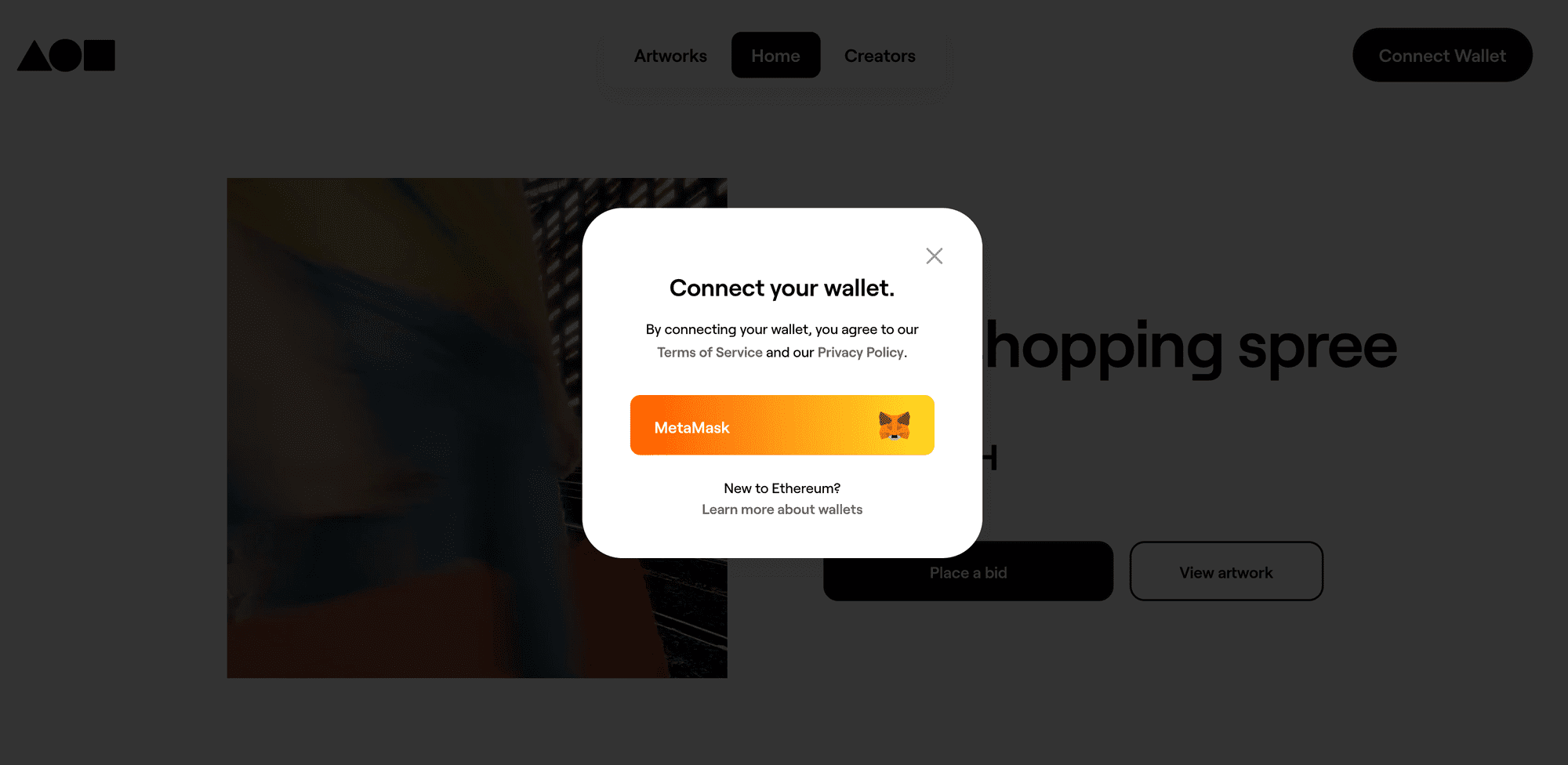
Coinbase is a cryptocurrency exchange platform where you can deposit funds into your account to add or withdraw funds to your Metamask wallet. I initially signed up for Coinbase to explore Bitcoin but the NFT market snatched my attention.
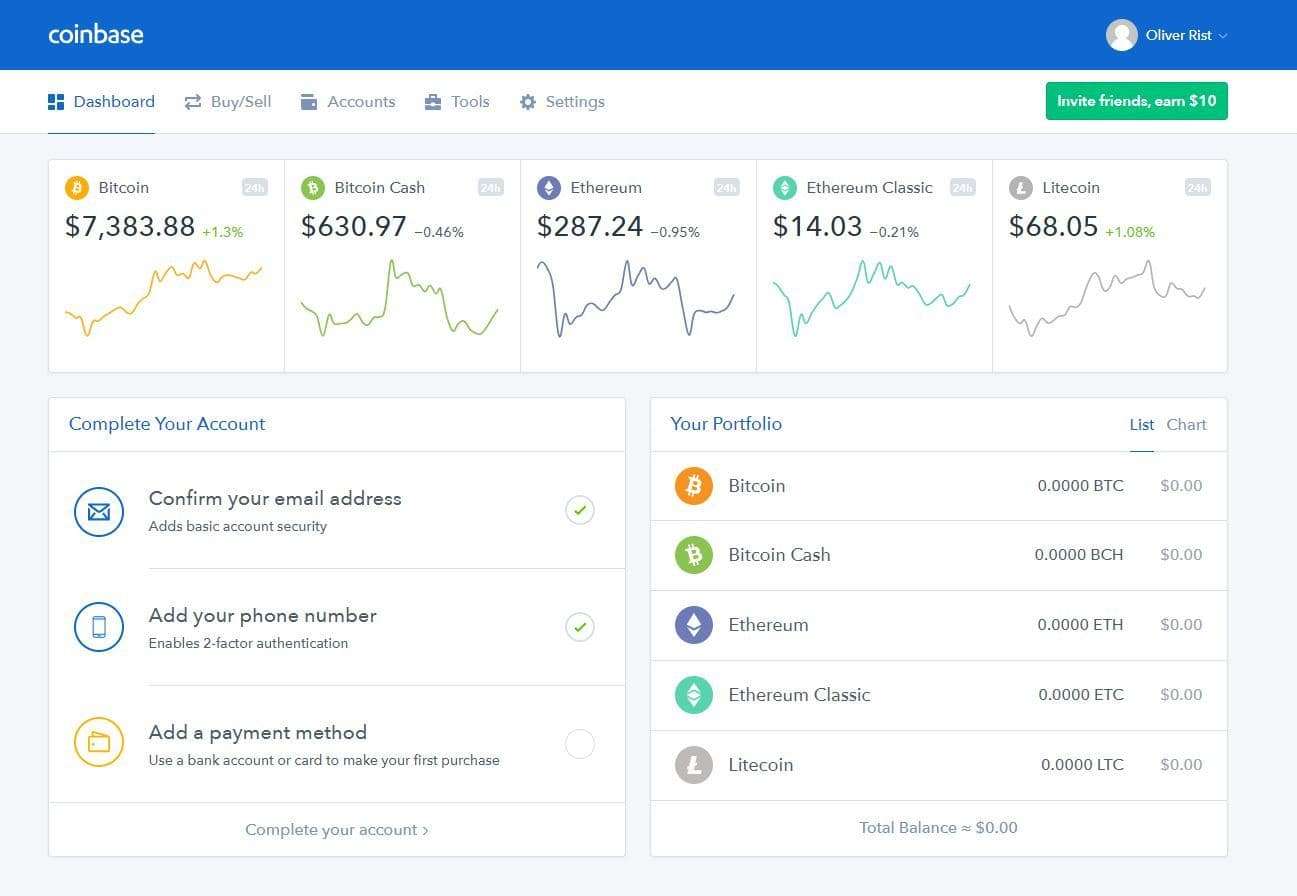
I signed up for a Foundation profile after I received an invitation to join. You can either purchase artwork as a Collector or sell artwork as a Creator. I created my Metamask wallet and uploaded my first artwork. In order to upload your work you have to "mint" it.
Minting is the process to verify your art for authentication. Minting is how your digital art becomes a part of the Ethereum blockchain. The blockchain is a public ledger that cannot be changed or tampered with. NFTs are tokens that get “minted” once they are created. Your art is represented as an NFT so it can be purchased and traded on the market where it can be digitally tracked.
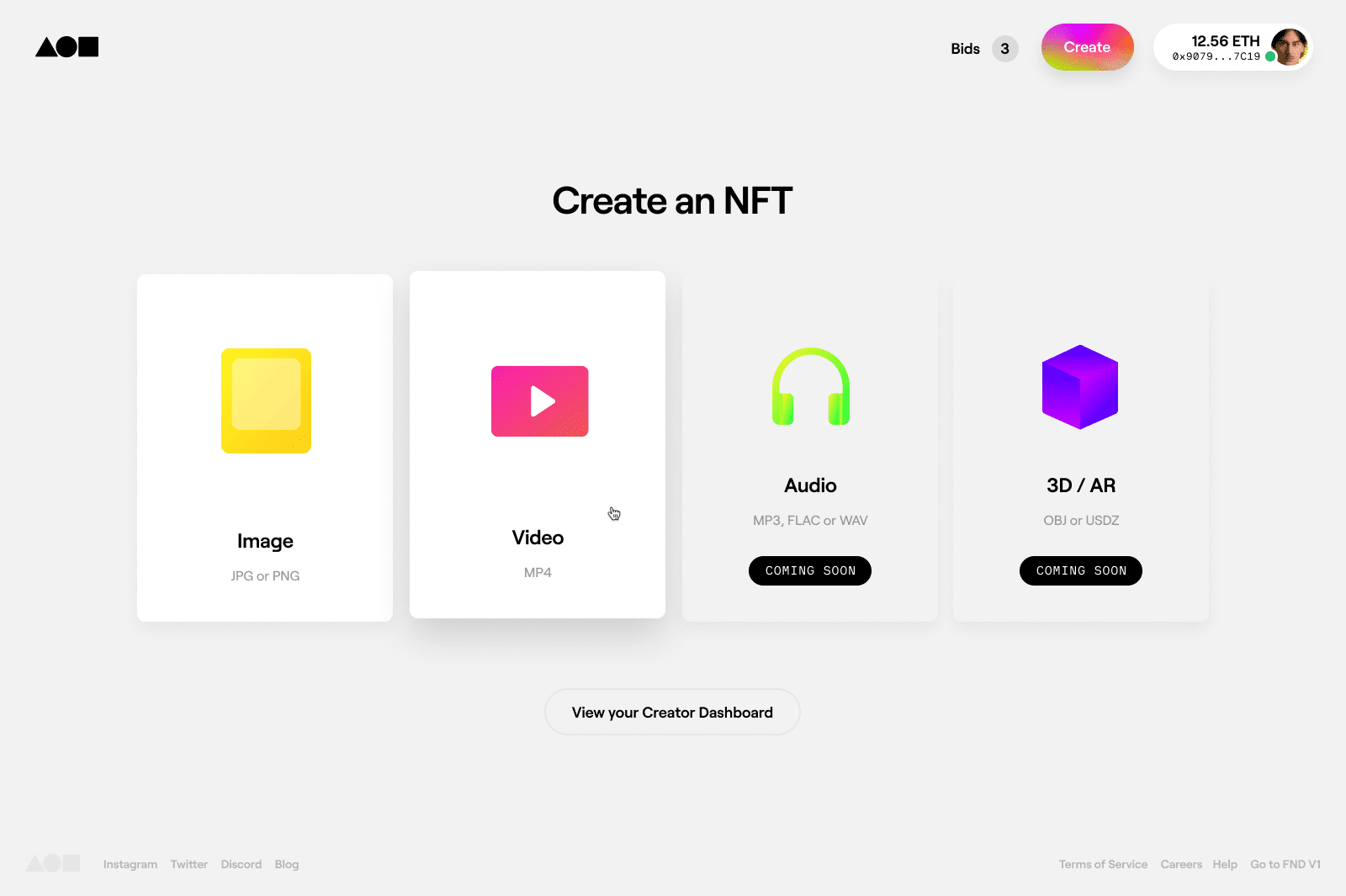
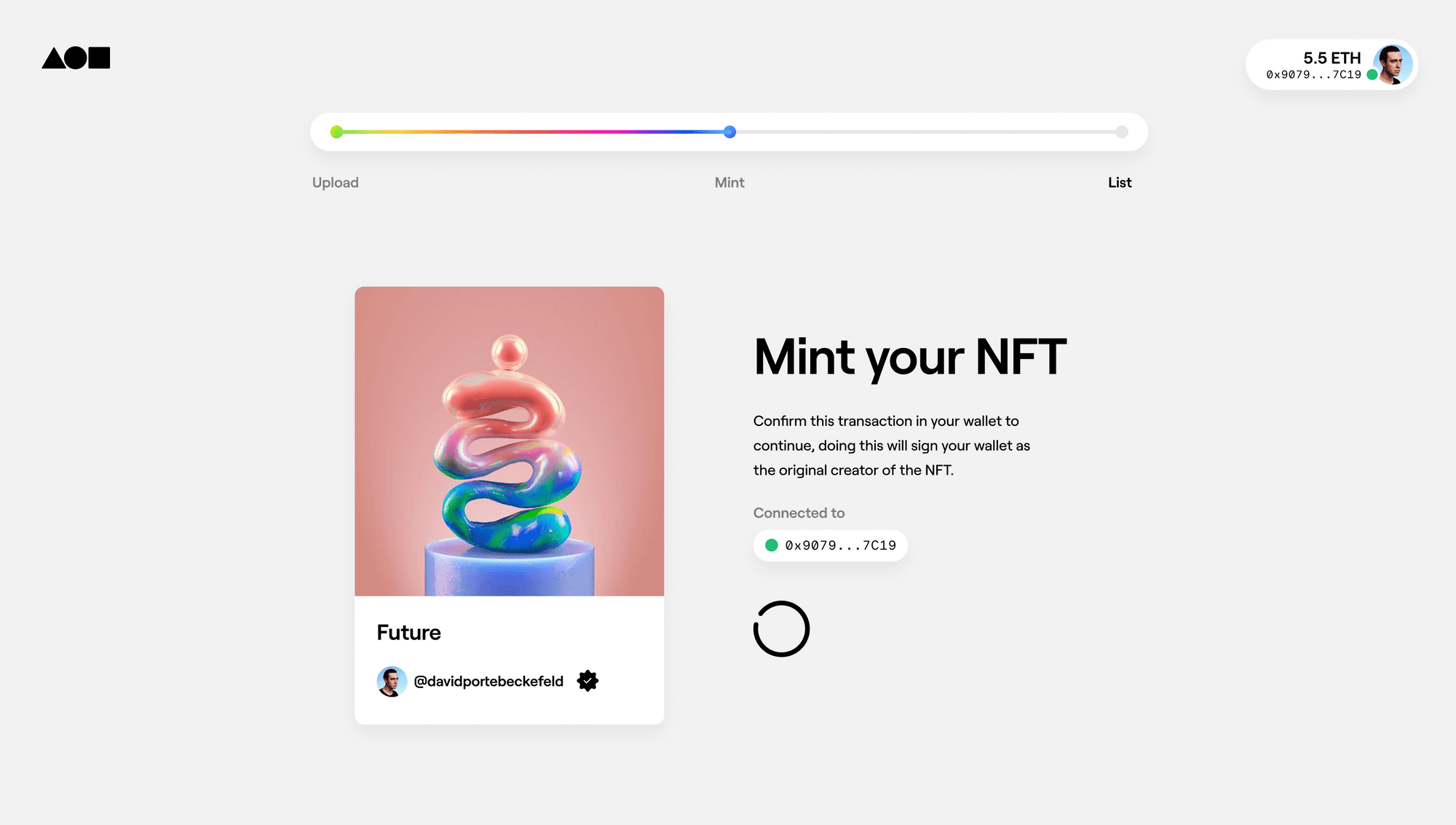
Once you “mint” your artwork, you have to pay a Gas Fee to complete the transaction. A Gas Fee is the cost of interaction with the Ethereum blockchain. Every time a transaction takes place you have to pay a Gas Fee to process all the information. Gas Fees can fluctuate every second so this can become frustrating if you don’t plan ahead of time.
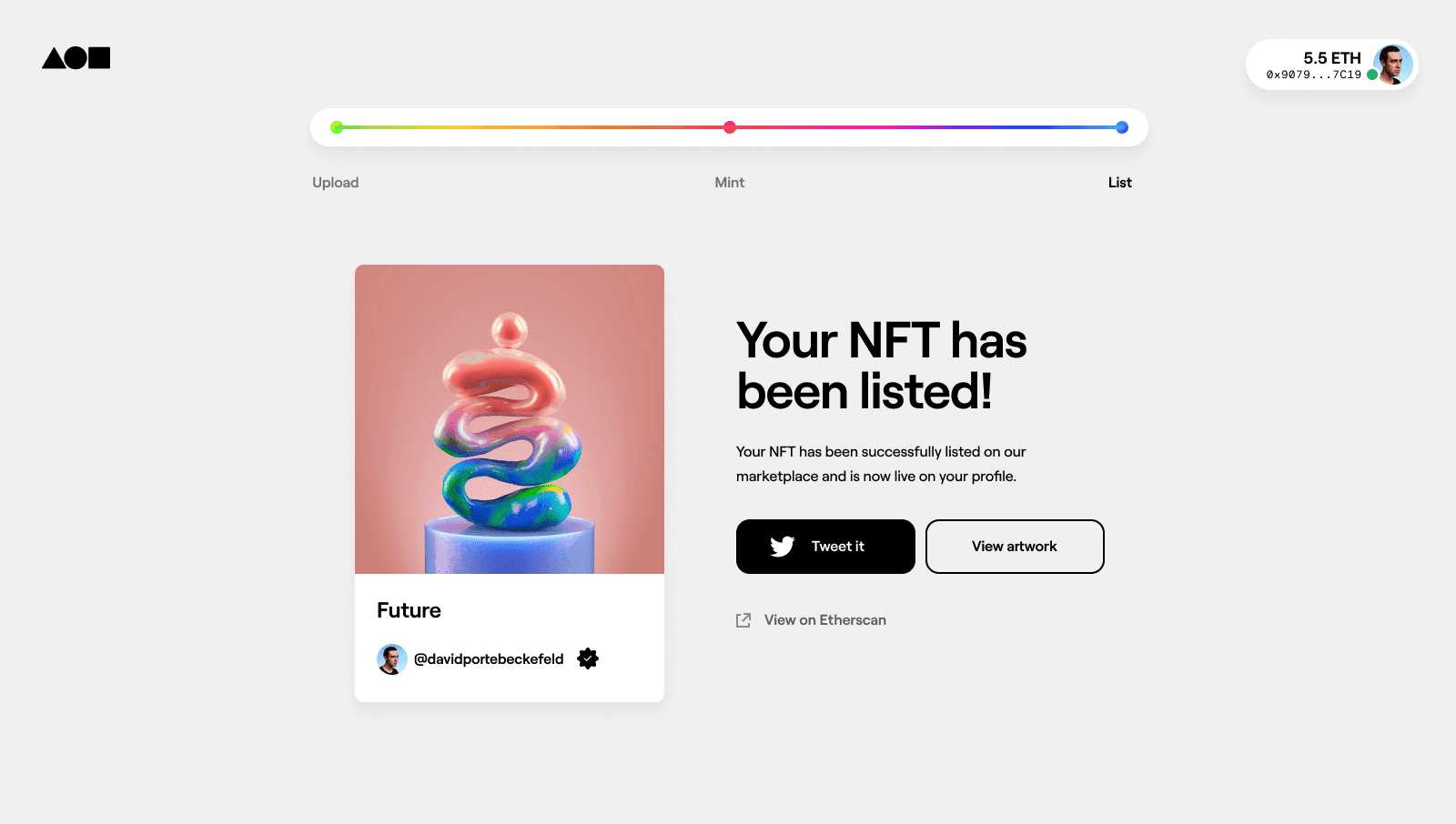
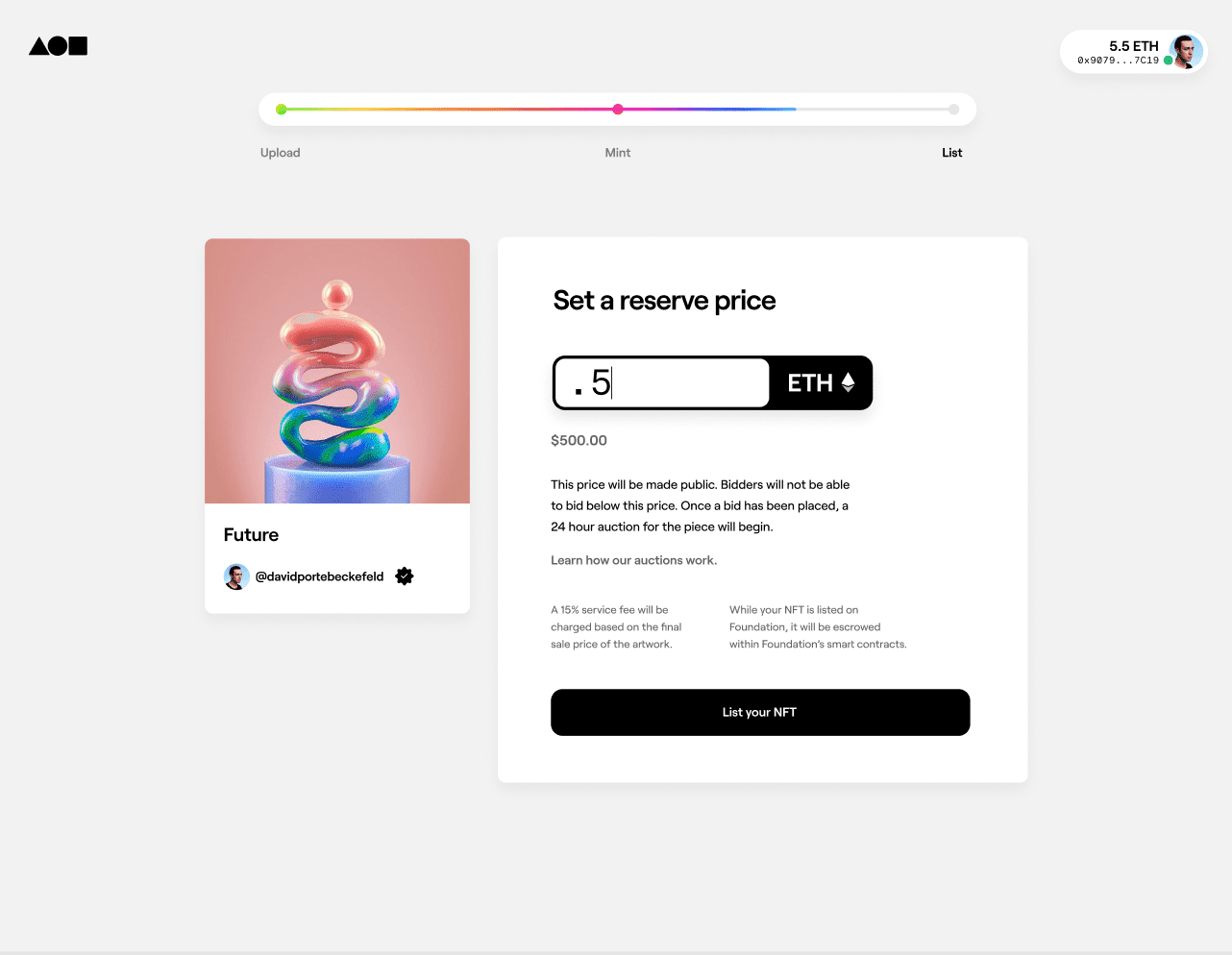
Once your artwork has been minted, you’re able to list your price. NFTs are listed on Foundation in an auction format. The auction becomes live as soon as someone bids on it. If no one bids on it, you're able to change the listing price but you'll be charged a Gas Free to change it. It helps to promote your auction on all your social media platforms. A good place is to share it can be NFT Collector discord channels. I listed my price and the next day I received a bid. When the auction ended, the funds popped up in my Metamask Wallet. I transferred those funds to my Coinbase account where I was able to leave it for investing or withdraw it to my bank account.
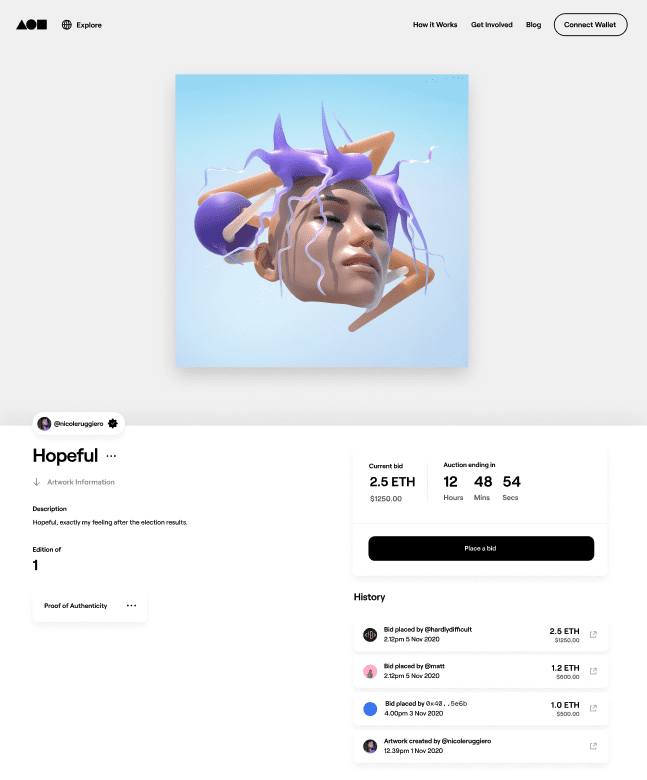
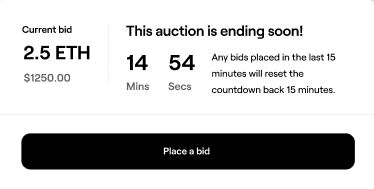
My biggest criticism is not about the auction itself. My biggest criticism is how artists chose to price their artwork. I’ve seen a lot of artists sell themselves short by pricing their art too low. If you take into consideration the planning, effort, time, and execution it takes to create a piece of digital art, artist deserve to be paid much higher. Every artist is different but if the majority of artists listed their artwork higher the overall value of the market would increase. It would beneficial to all artists. My advice would be to list your artwork at a higher price. Demand what you believe you are worth.
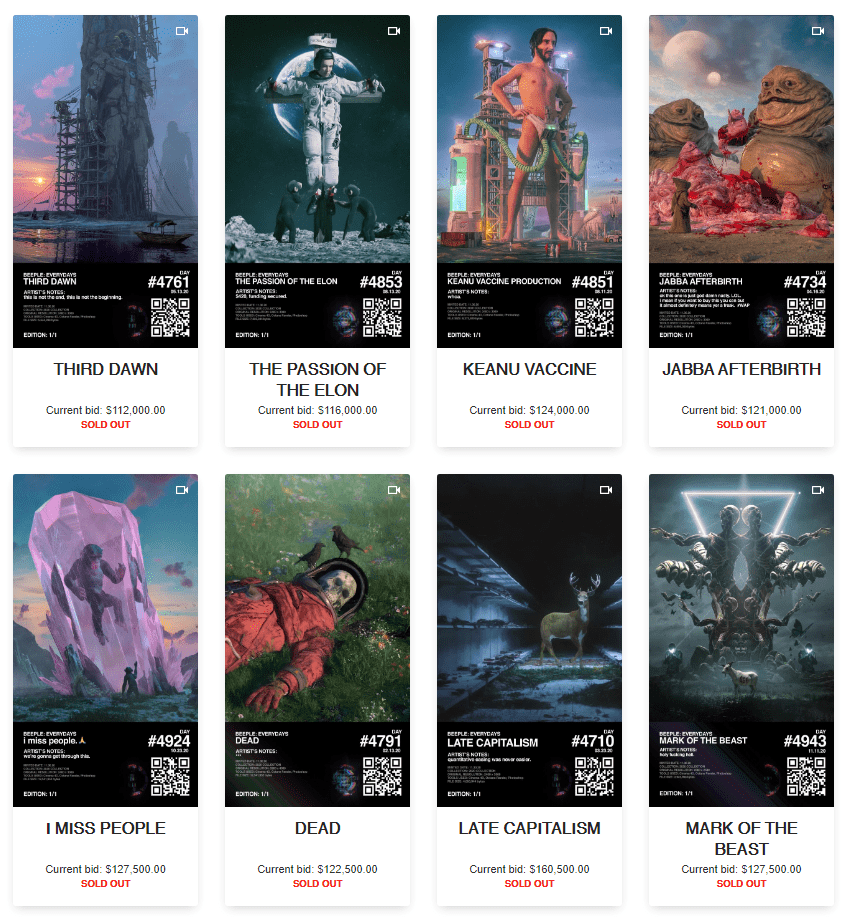
Foundation takes 15% of the final selling price and the gas fees is an expense you have to be prepare in advance. Gas Fees can get expensive if a lot of people are making transactions at the same time. If you don’t list your artwork at a reasonable rate for yourself, you might end up spending your earnings on fees which is counterproductive.
Only time can tell if this will be a stable option to make transactions for digital art. It's always best to be cautious because this process is so new for everyone.
Overall, I think it was a positive experience. I like to think that this is a way for more artists to share their art to a bigger market and receive an appropriate compensation. I wanted to share my experience with The Rookies community to shed some light on this new creative economy.